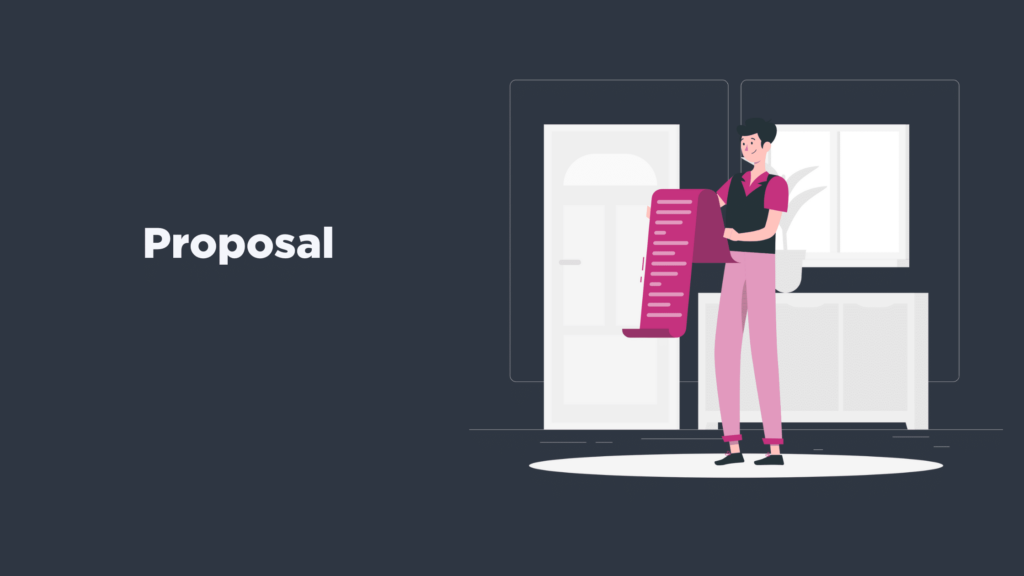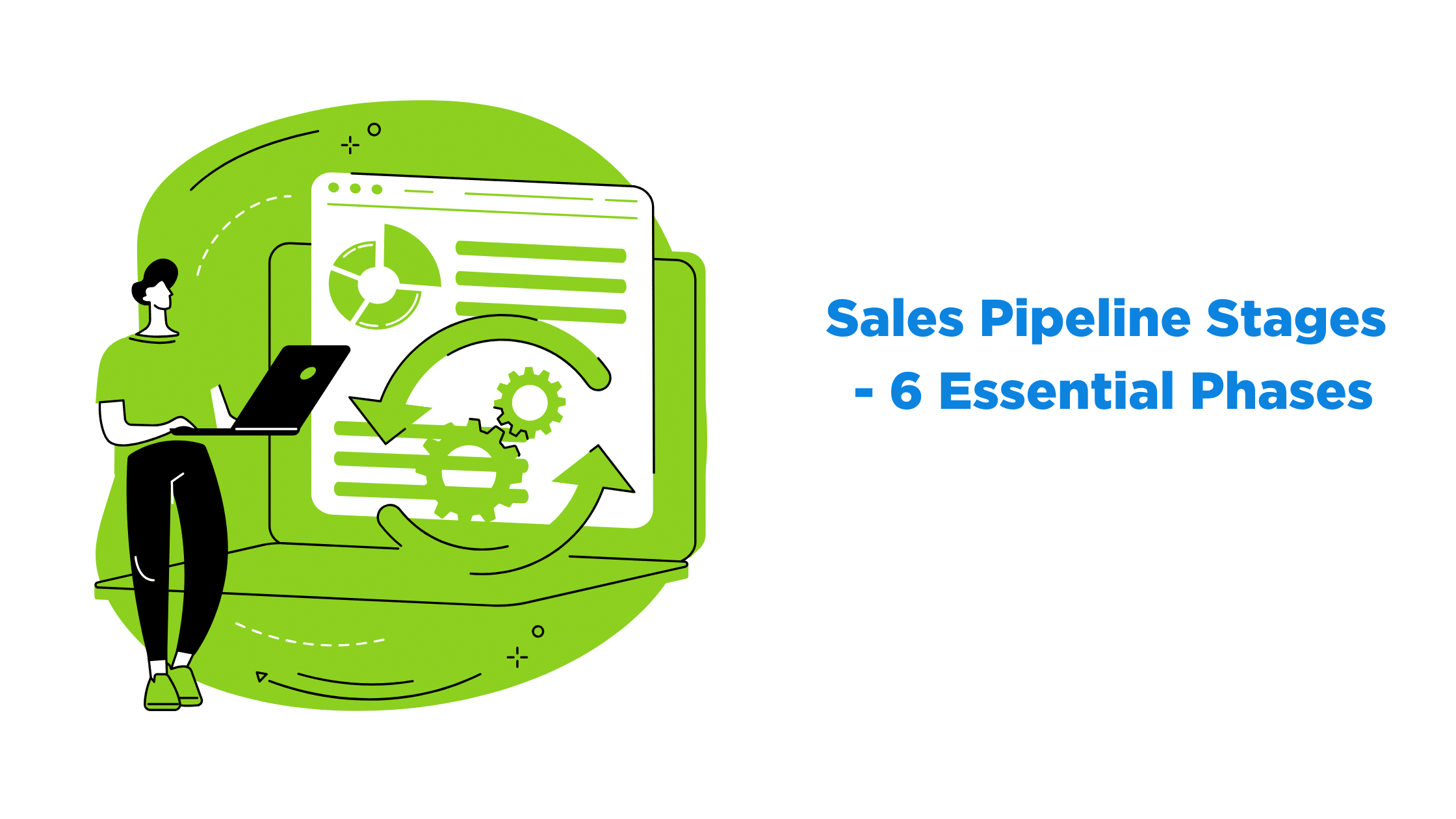How do you get your sales pipeline conversion rate up and growing? With an optimized sales channel, it is practically possible to achieve business goals as multiple factors are considered while framing your sales pipeline.
According to Gartner statistics, 77% of B2B buyers have stated that their buying journey was difficult.
Do you know the importance of a sales pipeline and the stages involved? In this article, let us explore the essential sales pipeline stages and briefly discuss the sellers’ journey through the pipeline.
Table of Contents
What Is A Sales Pipeline?
A sales pipeline is a visual representation of the stages a seller goes through when converting prospects to customers. Ideally, an effective sales pipeline contains six to eight steps, making monitoring the salesperson’s performance and prospects’ progress easy.
A detailed and multi-stage sales pipeline results in
- Lack of clarity at each stage
- Complicated performance tracking metrics
- Missed errors in key areas
- Time-consuming conversions
To tailor your sales strategy, you must avoid these factors and implement only the essential stages to ensure better conversion rates.
Sales Pipeline Stages

Okay, so what are the necessary steps to consider while creating a sales pipeline for your organization? The common stages involved in the sales pipeline are listed below. Feel free to navigate to any section you want to focus on.
- Prospecting
- Lead Qualification
- Meeting or Demo
- Proposal
- Negotiation
- Closing deal
#1 – Prospecting
In the following sections, we’ll brief you about the six sales pipeline stages and how they affect your sales strategy.

How does one become a customer? It is possible only when your target audience hears about your business through marketing campaigns, social media, or conversations with someone aware of it.
It is the first stage of the sales process, where you focus on getting the attention of your prospects by creating brand awareness. This stage depicts the success of your marketing campaign and is the earliest phase of the seller’s journey.
#2 – Lead Qualification

Once you set your marketing campaigns and create significant brand awareness among your prospects, some will show interest in your business, and others will not. In the lead qualification stage, you differentiate your leads as hot, warm, and cold.
At this stage, your sales team identifies hot leads and pursues them. Even though hot leads showed interest in your business, it is still unclear whether they will make a purchase. Therefore, the probability of a deal at this stage is around 5-10%.
#3 – Meeting Or Demo

The next stage of your sales pipeline is where you explain your product or service. A mere product description or a detailed article about your business is not enough to convince your leads. Schedule a meeting with your lead through an online call or in-person to effectively share your business with them.
The trustworthiness of your business is built in this stage. Use this opportunity to brief your customer on why your business stays ahead of competitors. Personal interaction with your salesperson can convince your prospects to move to the next stage. The conversion probability is around 30% of the entire sale (30% into the sale conversion process).
#4 – Proposal

You have successfully completed the meeting or demo session with your prospect. This is your chance to propose the sale price of the product or service. Obviously, any prospect would be eager to know the product’s price to determine if it’s worth their money.
Support your offer with reasonable market statistics and explain that your product is worth every penny. Seize this moment to mention the highlights of your business. You can include maintenance (if any), service, and sales support, and list all the benefits they get by becoming your customers.
#5 – Negotiation

Let’s say you have validated your proposal to your prospects and are about to move to the final stage of the sale conversion process. The prospect tries to negotiate with you. You must have a valid response to settle for the best deal and stick to your business goals.
At this stage, it is still possible that the customer will reject your offer and walk away without making the purchase. Therefore the conversion probability is 50% at this stage.
#6 – Closing the Deal

On successful negotiation, the buyer has arrived at the end of your organization’s sales pipeline. Your prospect has officially become a customer. Salespeople record payment transactions, deliver products or services, and fill in every mandatory documentation associated with the sale.
In sales terms, this phase is called opportunity-won or deal-won. The conversion probability is 100%. Customers can walk away with a one-time purchase. Every successful business strives to retain customers and proportionally expand its audience base.
Related Articles
- Sales Team – How to Build One in 10 Easy Steps
- 10 Tips for Creating a Sales Prospecting Strategy
- Sales Management – The Ultimate 2023 Guide
Frequently Asked Questions
1. Which is the crucial stage in the sales pipeline?
The negotiation and the deal closure stages are the most important in your sales pipeline. Both stages are crucial in determining your customer journey’s successful conversion and have higher conversion probability rates than other stages in your sales pipeline.
2. Which is the best way to create a sales pipeline for businesses?
The best way to create a customized sales pipeline for your business is through CRM (customer relationship management) software or tool. According to statistics, CRM systems.
– Improved customer relationships by 74%
– Increased sales quota by 65%
– Improved productivity by 50%
– And reduced labor costs by 40%
3. What beneficial insights can you gain using the sales pipeline?
A sales pipeline help organizations visualize their sales process from the earliest to the final stage of closing a sales deal. As a sales manager, you can analyze the average time consumption for sales, monitor conversion rates, evaluate salesperson performances, and analyze sales performance and strategies to produce better results.
Until Next Time
We hope this article helped you gain a brief insight into the sales pipeline stages and understand the importance of having a customized sales pipeline for your business. Start converting your leads using an effective sales pipeline strategy in your business and optimize it regularly for better conversion rates.
If you need help with creating a sales pipeline for your business, reach out to us to take your business to the next level. At Appointments, we help organizations close more deals, build pipelines, and provide results-oriented solutions every time.
Illustrations – Storyset



